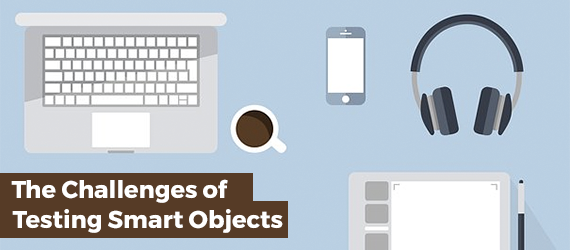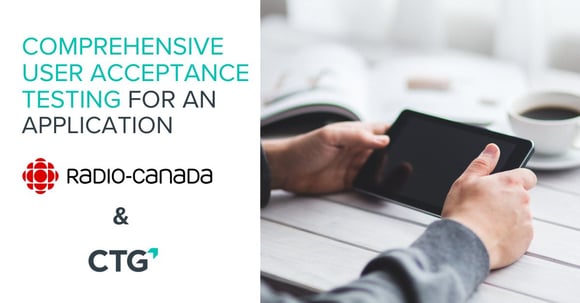Why testing IoT can be challenging
According to Intel, there could be as many as 200 billion IoT devices online by 2020. IoT, or the Internet of Things, has had an impact on the tech market offering a ton products designed to make life more conviennent. In 2017, people spent an estimated $248 billion on IoT devices, and will likely spend more in next year as the world realizes growing applications for IoT devices at home and in the workplace.
In order to make this happen, QA testing is an essential step in ensuring that these devices operate as intended, and serve the needs of customers. However, QA testing for IoT devices can be challenging. What are these challenges? Let’s take a look.
Challenge
Too many devices
Market diversification is a major challenge IoT testers can face. With a plethora of devices on the market from a wide variety of brands supporting hardware and software. Nonetheless, many of the these IoT devices are interconnected and work in tandem despite each being designed by different companies. Still, it is the tester who must assess a given IoT device across a number of configurations to find bugs that can hinder its performance.
It is imperative for testers in the these situations to ensure all bugs are attributed to the proper terminal. If not, bugs can be attributed to the wrong device sullying the test results. Additionally, it is important to ensure that an IoT device responds properly, or as intended, when a connected device malfunctions.
To overcome these challenges, the focus of a test needs to be narrowed down as well as have a clearly defined list of testing terminals. Being more specific can guarantee that tests are carried out on devices that best represent the market diversification, provide greater directions for the testers, and help manage the complexity of diagnosing IoT bugs.
Environment
The greatest challenge to QA testing for IoT devices is the actual testing environment. While testing in a QA lab is appropriate for many important functionalities, there are just many aspects of testing IoT devices that are best assessed in a real-world setting.
Since many IoT devices will be used as a part of a network with other IoT devices, the testing environment needs to replicate those conditions. Unfortunately, QA labs may not have all of the necessary devices to do so. For example, creating testing environment that reflects how an IoT functions in connection with an app on doctor's tablet as he or she moves around the hositual is very difficult to do.
IoT devices for a ”smart home” present similar challenges. It can be laborious to create lab conditions that can test the connectivity of an IoT device on a network that is connected to another seven devices, for example.
While trying to create real conditions can be time consuming, painful, and expensive, it is the best way to fully test any IoT device. Test simulations can be developed to replicate real conditions providing for more accurate test results. This is especially true in cases where performing a test outside the lab is not feasible.
Despite the challenges to IoT testing, there are some practical guidelines that QA testers can use to find a maximum number of bugs to help deliver a better product.
QA GUIDELINES
UX
Just like apps and websites, all IoT devices need to have a great feel to them. As such, exploratory tests can assess the user experience for a variety of IoT devices especially for wearables whose feel and performance may differ under certain circumstances like cold or hot weather or wet or dry conditions. Also, using any IoT in the same way that a customer would is a proven strategy for finding a variety of bugs that will affect the way people use the product.
Security
Due to the sensitive and personal data that many IoT devices hold, it is important to ensure that they are secure. Unfortunately, sometimes the rush to bring a product to market results in lax security protocols. This problem is multiplied when one considers that many security breaches are hard to detect for many IoT devices that consumers do not interact with directly. As a result, security attacks can go unnoticed for a longer period of time when compared to security breaches made on a computer or phone.
Therefore, it is necessary to test for vulnerabilities to be sure products are launched with the proper tools to safeguard personal data. If not, it will be harder for consumers to trust and purchase IoT devices.
With the enforcement of the EU’s General Data Protection Regulation, companies too will be required to do more to ensure their IoT devices have the proper security measures to protect personal data or face the consequences that result from security failures. Tests at the very least should ensure that general security measures function constantly. Regardless, QA testing can be used to assess the security of IoT devices by testing its security protocols.
Despite the challenges, QA testing for IoT is crucial and is positioned to become even more important as the market continues to grow.



